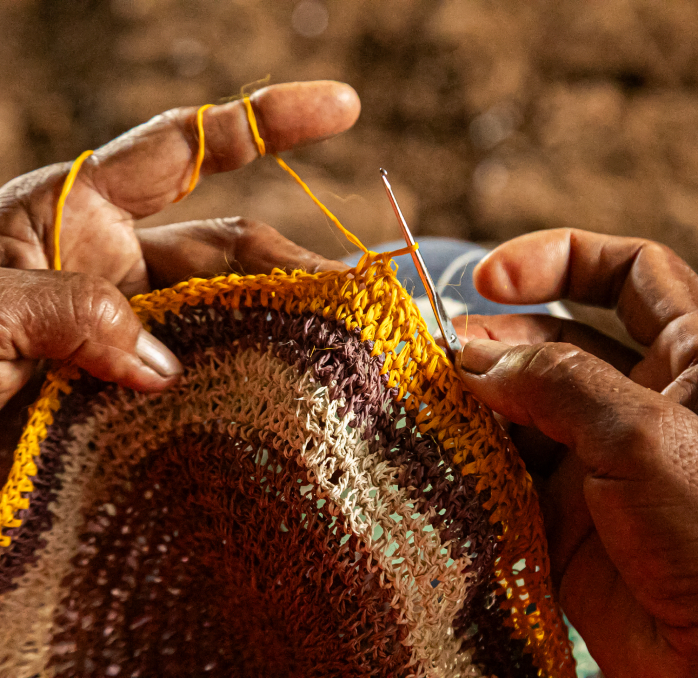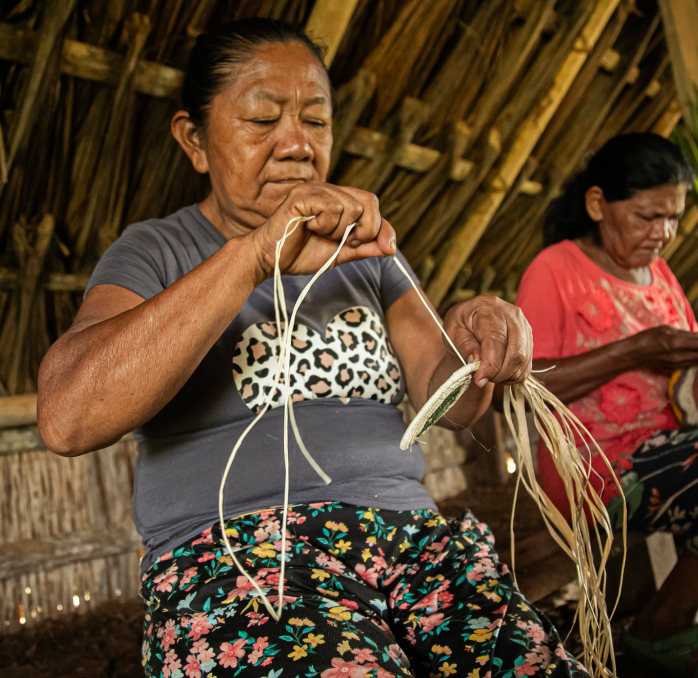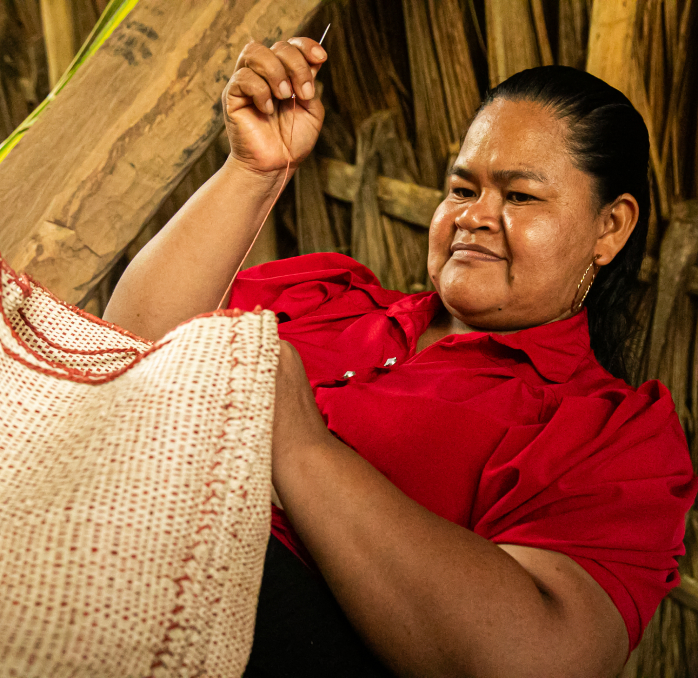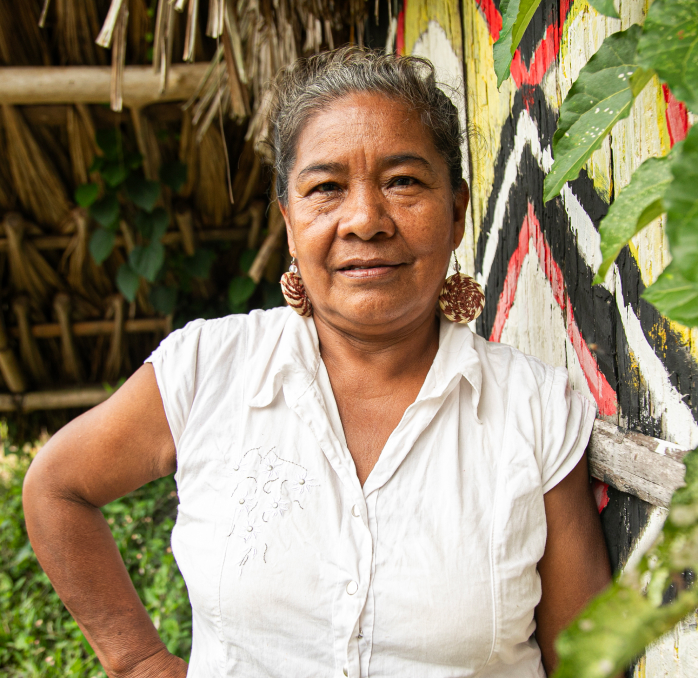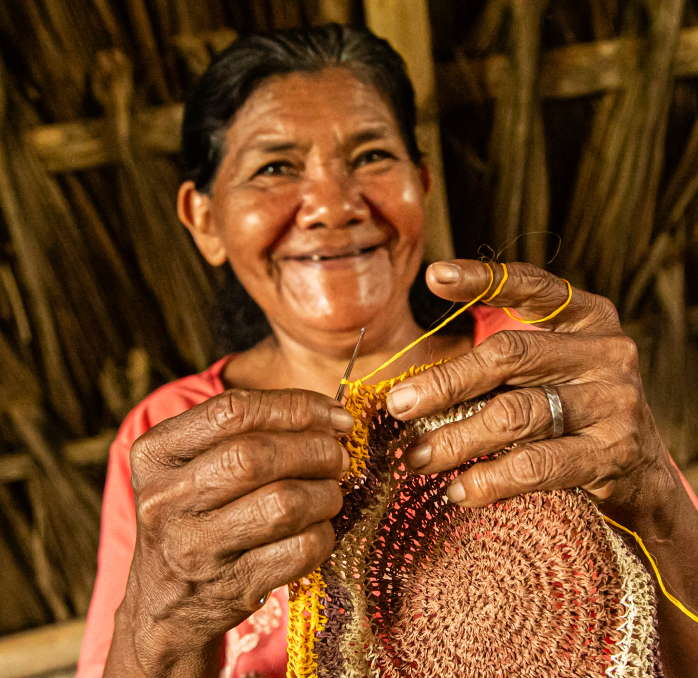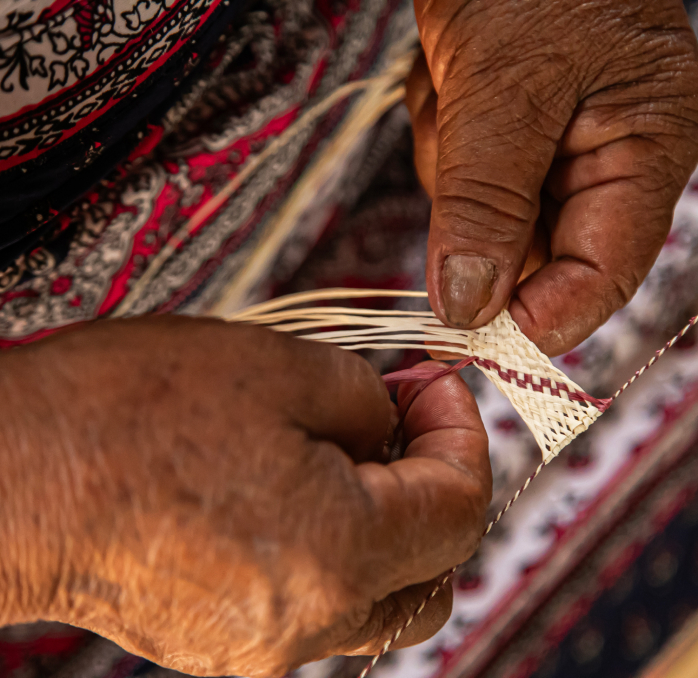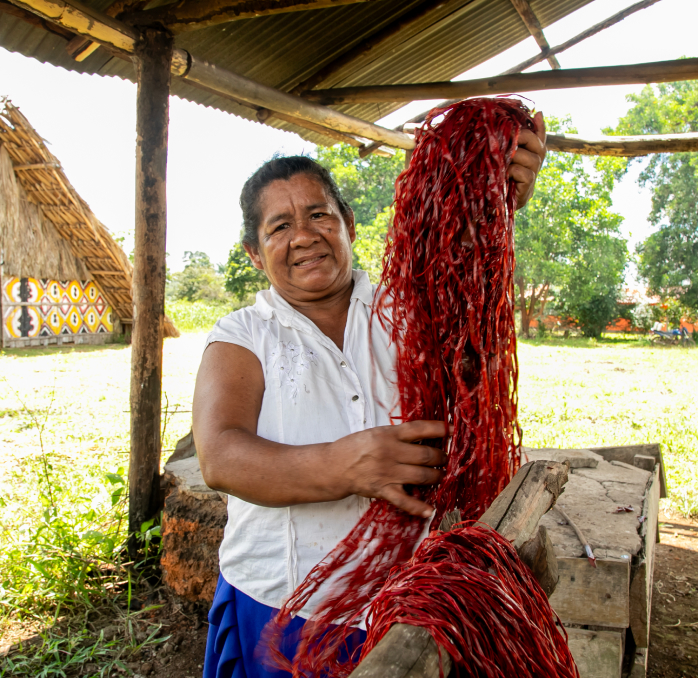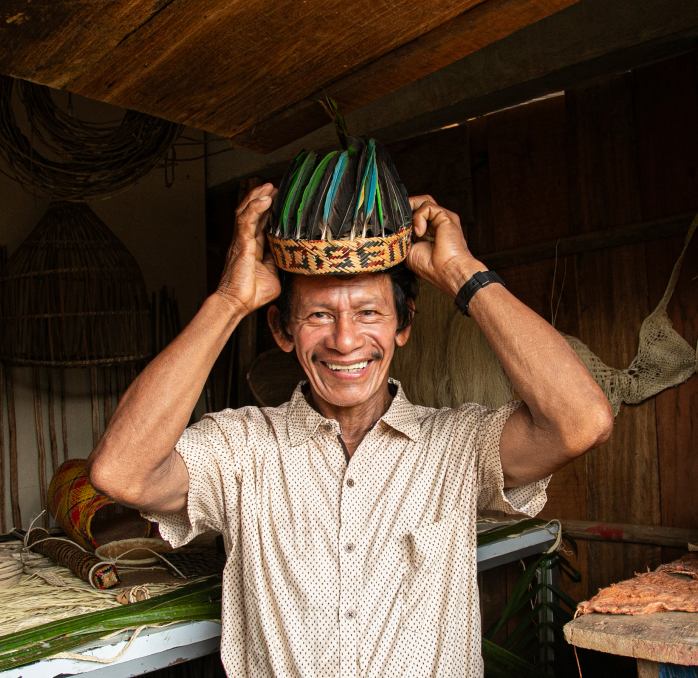Irene Vasconcello
Workshop: Asopuri
Craft: Cestería y tejeduría
Trail: Guaviare Route
Location: El Retorno, Guaviare
SCHEDULE YOUR VISIT
Resguardo indígena la Asunción, El Retorno, Guaviare
3197196565
3124994260
Fondo Mixto de Cultura de Guaviare (Alba Lucía Martínez): 3156779691
Irene’s parents arrived from Brazil during the rubber boom, crossing the border when the Great Vaupés, encompassing the departments of Guaviare, Guinía, and Vaupés, still existed. They brought with them the heritage of their ethnicity, the Tukano weavings in cumare fibers, which they used for handcrafting cast nets and fishing crappies, nicuros, pomfrets, catfish and bocachicos along the riverbanks. Today, Irene employs cumare fibers in her craft to create bracelets, bags, jewelry, earrings, bread and soup casserole baskets. She employs various techniques, including crochet, loom weaving, and sewing coils with a curved needle. Irene collaborates with a group of craftswomen who, while operating under the Tukano Group name, belong to the Guanano and Desano ethnicities as well.
While weaving traditions are typically passed down through generations, and although both Irene’s parents weave, Irene acquired her knowledge in a unique manner. Long before she learned to work with cumare fibers, Irene spent fifteen years in Guayatá, Boyacá, a region known for its monoculture of potatoes, beans, and peas—a stark contrast to her native land, where they cultivate bitter cassava, yucca, plantains, corn, chili peppers, and medicinal plants in chagras, cultivated parcels used for two years before resting for two or three years before being slashed and burned for replanting. Irene arrived in Boyacá with her husband, Luis Anibal Daza, a native of these colder lands. They later returned to the indigenous reservation La Asunción in Guaviare, where they still reside, alongside 32 other families representing the Tukano, Piratapuyo, Nasa, Cubeo, Barazano, and Guanano ethnic groups. Back in her homeland, Irene became pregnant with her youngest son and was unable to work. During this time, she observed women in her community creating beautiful woven pieces and asked them to teach her. Now that her son is an adolescent, she continues to strive for excellence in her weaving.
Her education in cumare weaving came from observation and countless questions about this native material from the Amazon Basin. The fibers are extracted from the palm shoots, and timing is crucial. They must be harvested just at the right moment, not prematurely, to ensure their strength. If cultivated, the palm must grow for three years before the shoots sprout. However, given the abundance of shrubland and stubble fields around her community, cumare grows freely. They seek it out and know that once the shoots begin to sprout, they must allow them to grow for a month before harvesting them from the palm. The fibers obtained after scraping and washing are durable and long-lasting, and, when woven in coils, they last even more. Moreover, the fibers can be washed and their naturally dyed colors won’t fade.
For eight years, Irene has served as the leader of the Tukano Group. One of her primary goals has been to encourage her fellow craftswomen to come together and collaborate on orders they receive. Until recently, they gathered in the reservation’s maloka, where the community also conducts meetings and welcomes tourists interested in learning about their indigenous culture. If you visit this craftswoman, be sure to book a traditional meal, such as slow-cooked moquiado fish, quiñapira fish, or muñica, a savory and spicy fish soup. To quench your thirst, try a refreshing pineapple, patabá palm, or lulo fruit juice.
Craft

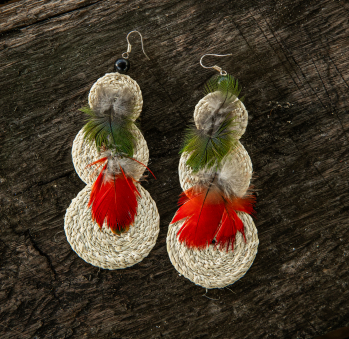
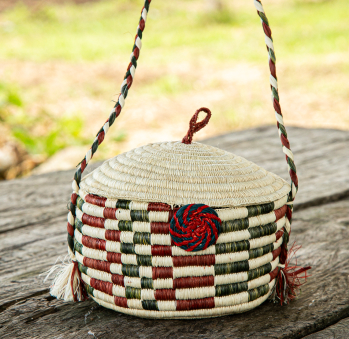
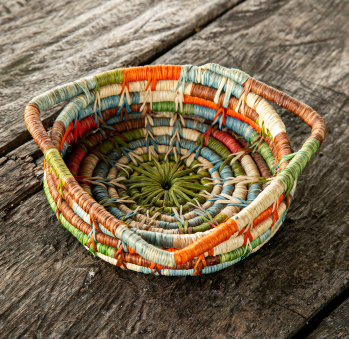
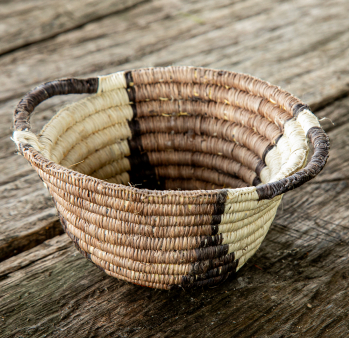
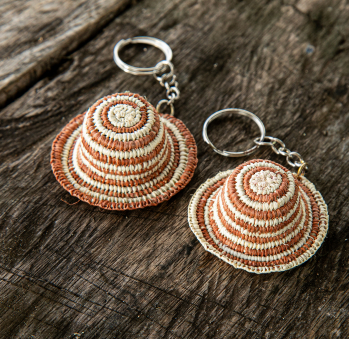
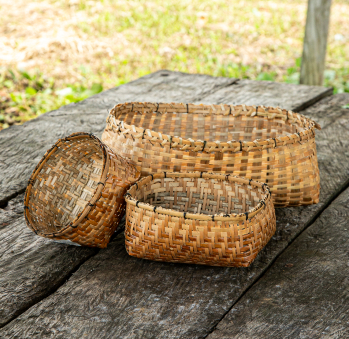
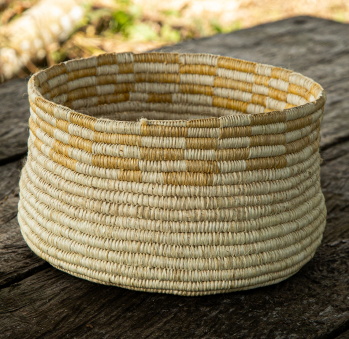








Artisans along the way
Artisans along the way
No puede copiar contenido de esta página








































